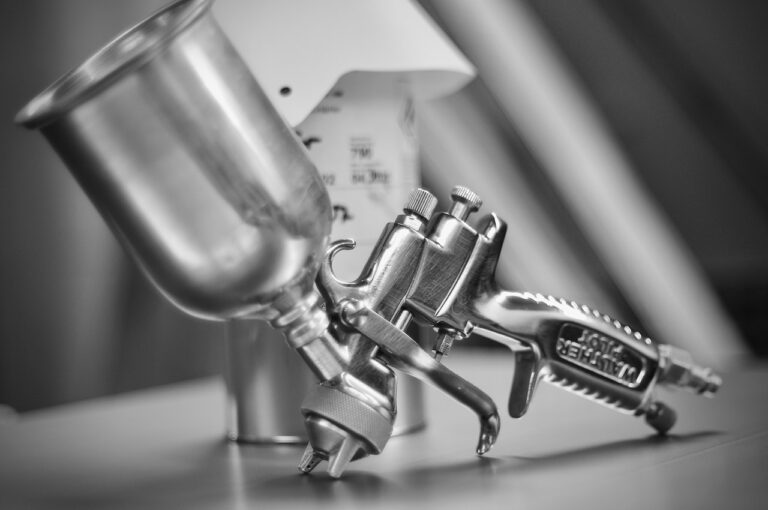The Evolution of Car Body Panel Joining Techniques: From Welding to Adhesive Bonding
In the realm of car body panel assembly, clinching has emerged as a groundbreaking method that is revolutionizing the way vehicles are put together. By utilizing this innovative technique, manufacturers are able to securely join metal sheets without the need for additional materials such as welding or screws. This not only streamlines the assembly process but also reduces the overall weight of the vehicle, contributing to enhanced fuel efficiency and performance.
One of the key advantages of clinching lies in its ability to maintain the structural integrity of the car body while also providing a visually appealing finish. This method involves deforming the materials to form a strong interlock, creating a bond that is resistant to environmental factors such as corrosion and vibration. As automobile manufacturers continue to search for ways to improve efficiency and sustainability in their production processes, the adoption of clinching represents a significant step towards achieving these goals.
The Adoption of Adhesive Bonding for Lightweight Vehicle Design
Adhesive bonding has gained popularity in the automotive industry as a reliable method for assembling lightweight vehicles. This technique allows for the joining of different materials, such as aluminum and carbon fiber, without compromising on structural integrity. Manufacturers are increasingly turning to adhesive bonding to reduce the overall weight of vehicles, thereby improving fuel efficiency and reducing emissions.
In addition to its weight-saving benefits, adhesive bonding also offers enhanced design flexibility for automakers. Traditional welding techniques can limit the shapes and sizes of vehicle components, whereas adhesive bonding allows for greater freedom in design. This flexibility enables engineers to create more aerodynamic and innovative vehicle designs, contributing to improved performance and aesthetics.
• Adhesive bonding is a reliable method for assembling lightweight vehicles
• Allows for joining different materials without compromising structural integrity
• Reduces overall weight of vehicles, improving fuel efficiency and reducing emissions
• Offers enhanced design flexibility for automakers
• Allows for greater freedom in design compared to traditional welding techniques
• Enables engineers to create more aerodynamic and innovative vehicle designs
The Evolution of Structural Adhesives in Automotive Industry
In recent years, the automotive industry has witnessed a significant shift towards the use of structural adhesives in vehicle assembly processes. This evolution has been driven by the need for stronger and lighter vehicles to meet stringent fuel efficiency and safety regulations. Structural adhesives have now become a crucial component in joining materials like aluminum, composites, and high-strength steel, providing improved durability and crash performance.
The advancements in structural adhesive technology have also led to benefits beyond just weight reduction and structural integrity. These adhesives offer superior corrosion resistance, noise reduction, and vibration damping characteristics, enhancing the overall quality and comfort of modern vehicles. As manufacturers continue to explore innovative ways to improve vehicle performance and sustainability, the evolution of structural adhesives is expected to play a pivotal role in shaping the future of the automotive industry.
What is the significance of clinching in car body panel assembly?
Clinching is an innovative method that uses mechanical force to join metal sheets together without the need for additional materials like rivets or screws. This not only reduces weight and cost, but also improves the overall strength and integrity of the car body.
How has adhesive bonding contributed to lightweight vehicle design?
Adhesive bonding has become increasingly popular in the automotive industry for its ability to join materials of different types and thicknesses. This allows for the use of lightweight materials like aluminum and carbon fiber, leading to significant reductions in overall vehicle weight and improved fuel efficiency.
How have structural adhesives evolved over time in the automotive industry?
Structural adhesives have advanced significantly in terms of strength, durability, and versatility. Modern adhesives are designed to withstand extreme temperatures, vibrations, and corrosion, making them ideal for use in critical applications like body panel assembly and chassis bonding.





